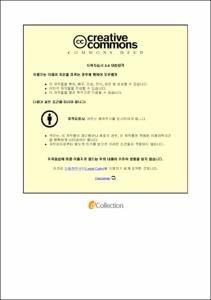하이브리드 특성을 지닌 텍스트의 구조 분석
= Structural Analysis of Hybrid Text
- Files in This Item:
-
-
Download
 000001098351.pdf
기타 데이터 / 2.19 MB / Adobe PDF
000001098351.pdf
기타 데이터 / 2.19 MB / Adobe PDF
-
Items in Repository are protected by copyright, with all rights reserved, unless otherwise indicated.